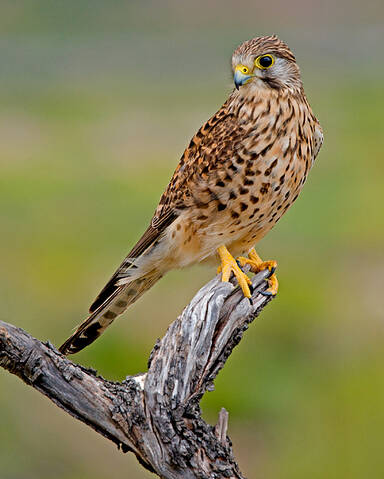Ducks and Wildfowl
Dabbling ducks
Eurasian wigeon (Anas penelope)

Medium size
yellow cream forehead, brown head and neck, pink chest
Gray Wings, Black butt
Nutrition
Vegetarian
Sometimes dabb inside the water to eat submerged plants
Migratory
Spend the winter in Occidental Europe and the Mediterranean coasts
Rear in northern countries like Britain or the Baltic
Reproduction
twelve eggs
24-25 days of incubation
after 45 days began his independency
Diving ducks
Red-crested pochard (Netta rufina)

It has a rounded orange head, red bill and black breast. The flanks are white,the back brown,and the tail black.
Resident and over wintering in our country.On deep lake
The reproductive cycle of this anatida lasts about 80 days, of which 26-28 are used in incubation and 45-50 in the development of the flocks.The laying consists of 8-10 eggs.
Onmnivore food,most of its food is of plant origin.
Wetlands with large plates of fresh or brackish water and abundant vegetation on the banks.
Waders

Common snipe (Gallinago gallinago)
Very long beak
Limicola of medium size
Brownish coloring
When it files it shows a general brown appearence
Nutrition
It is mainly based on invertebrates
Migratory
The steps take place in February-April and August-November
Reproduction
The nest is hidden in lands with low vegetation
Two to five eggs
They develop in 19-20 days and become independent quickly.
Other wildfowl in wetlands
Common Kestrel (Falco tinnunculus)

Resident
Habitat: Open field and scrub

Distribution: All Europe
Breeding:
Common kestrels breed once yearly, the breeding season is in April and May in the northern hemisphere, ranger eggs per season is 3 to 7, the time to hatching is the 26 to 34 day, the time to the independence is de 7 to 8 weeks.
Common kestrels become quite vocal during the mating season, displaying a variety of alls. One call described as souding like "quirr-rr quirr-rr" is made by both sexes during mating behaviors and by the female when she becomes interested in mating.

Feeding: Carnivorous. Predator-small rodents, birds and insects.

1300 × 866
